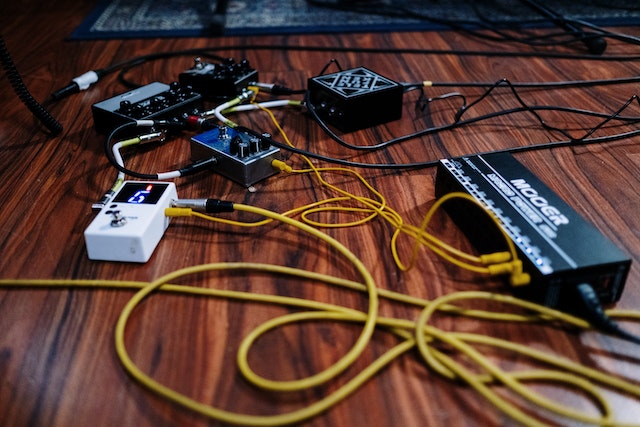Determining the appropriate wire size for a 100 amp sub panel located 100 feet away requires considering several factors, including the length of the run, the expected load, the type of wire, and the local electrical code requirements. In general, the wire size will need to be selected based on the anticipated amperage, the distance of the run, and the type of wire.

First, it’s important to understand that the wire size is determined by the ampacity, which is the amount of current that the wire can safely carry without overheating. The ampacity of a wire depends on several factors, including the size of the wire, the type of insulation, and the ambient temperature.
The National Electrical Code (NEC) is a set of guidelines that regulates the installation of electrical wiring and equipment in the United States. According to the NEC, the minimum wire size for a 100 amp sub panel is #3 AWG copper or #1 AWG aluminum. However, this assumes that the wire will only be used for a short distance, typically less than 50 feet.
For a distance of 100 feet, voltage drop becomes a concern. Voltage drop is the reduction in voltage that occurs as the current flows through the wire. This can result in a loss of power and can cause electrical devices to malfunction. To prevent excessive voltage drop, it’s important to choose a wire size that can handle the anticipated load and distance.
To calculate the voltage drop for a given wire size and distance, you can use an online voltage drop calculator or consult a voltage drop chart. These tools will take into account the resistance of the wire and the expected current, as well as the distance of the run and the type of wire.
For a 100 amp sub panel located 100 feet away, assuming a 240 volt circuit, the expected load would be 24,000 watts (100 amps x 240 volts). To prevent excessive voltage drop, a wire size of #2 AWG copper would be appropriate. This wire size can handle up to 115 amps, which provides a safety margin in case of unexpected loads or changes in the wiring configuration.
It’s important to note that the type of wire insulation can also affect the ampacity and voltage drop. For example, THHN wire has a higher ampacity than THW wire, and can therefore handle more current. However, THW wire has a thicker insulation, which can help reduce voltage drop over longer distances.
In addition to the wire size and type, the installation method and local electrical code requirements must also be taken into account. For example, the wire may need to be installed in conduit or buried underground, which can affect the type of wire that is allowed.
Overall, selecting the appropriate wire size for a 100 amp sub panel located 100 feet away requires careful consideration of several factors. By consulting the NEC, using a voltage drop calculator or chart, and taking into account the expected load and installation requirements, it is possible to choose a wire size that will provide safe and reliable power to the sub panel.